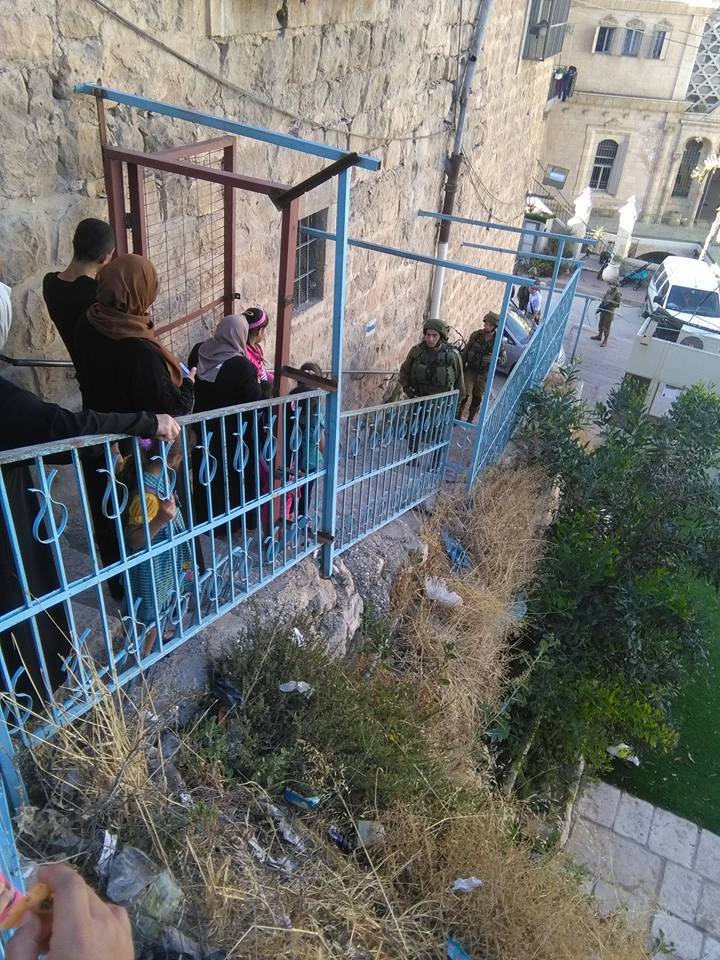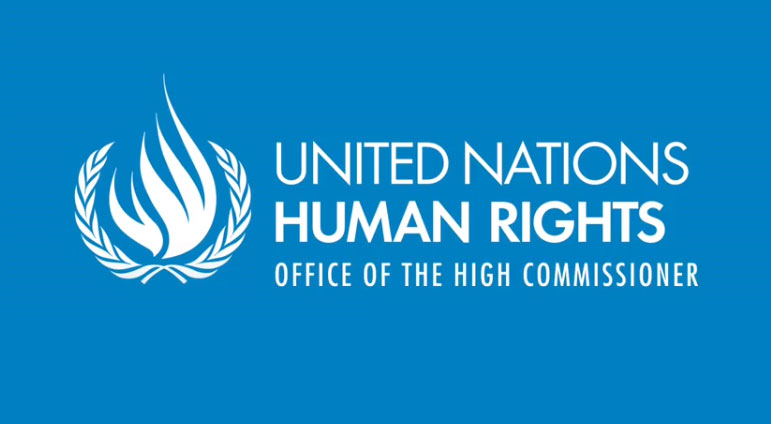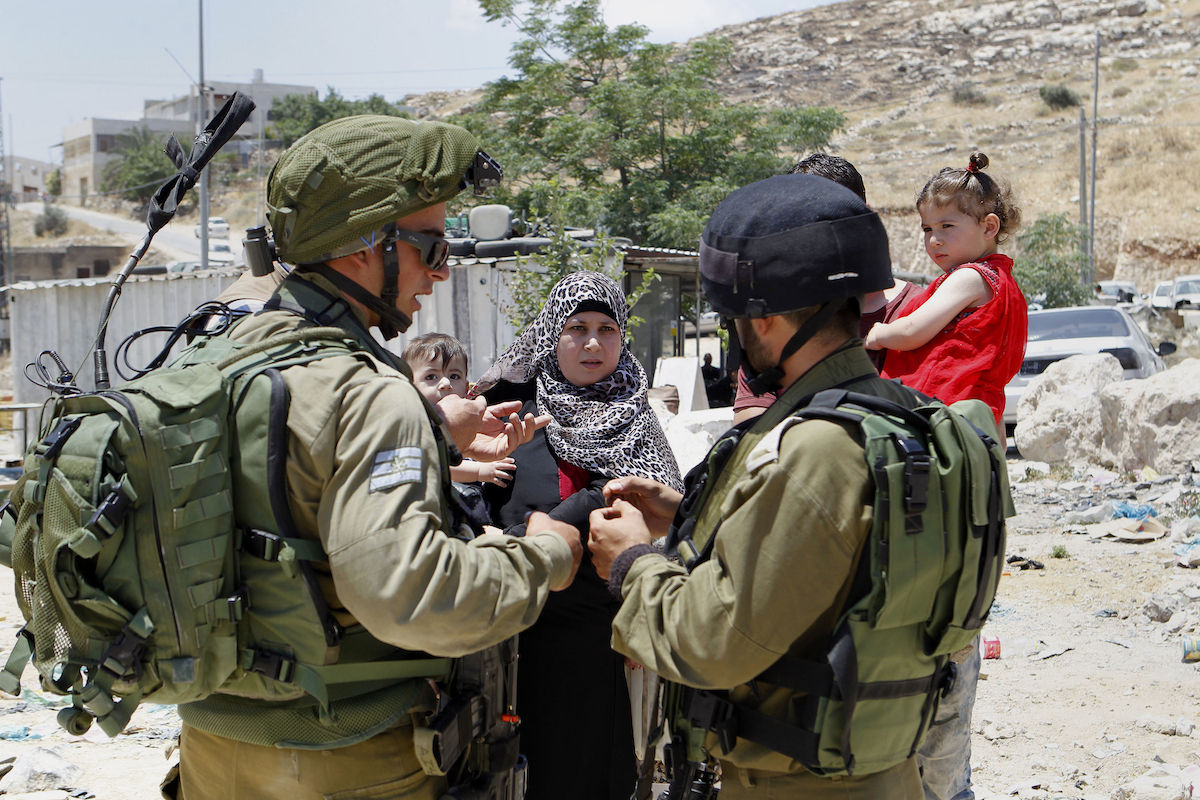Category: Features
-
Youth Against Apartheid activities against Israeli apartheid occupation of Hebron
11th June 2016 | Youth Against Apartheid | Hebron, occupied Palestine On 8th June, Hebron Youth Against Apartheid organised an activity to erase the racist Zionist occupation slogans on slaps of concrete walls and the military checkpoints within mainly the Tel Rumeida and Shuhada Street area. The slogans were replaced with slogans calling for freedom,…
-
UN OHCHR Statement regarding Tel Aviv Shooting
10th June 2016 | United Nations Human Rights – Office of the High Commissioner | Occupied Palestine Statement by the Spokesperson for the UN High Commissioner for Human Rights: Ravina Shamdasani regarding the Tel Aviv shooting: The High Commissioner condemns the gun attack in Tel Aviv on Wednesday in which four Israelis were killed and…
-
Collective Punishment after Tel Aviv Shooting
10th June 2016 | International Solidarity Movement | occupied Palestine Late on Wednesday night, two Palestinians from the West Bank town of Yatta opened fire in a Tel Aviv shopping center, killing four Israelis, and injuring sixteen. The shopping center stood adjacent to the Israeli Ministry of Defense, fueling speculation that the attack may have…



